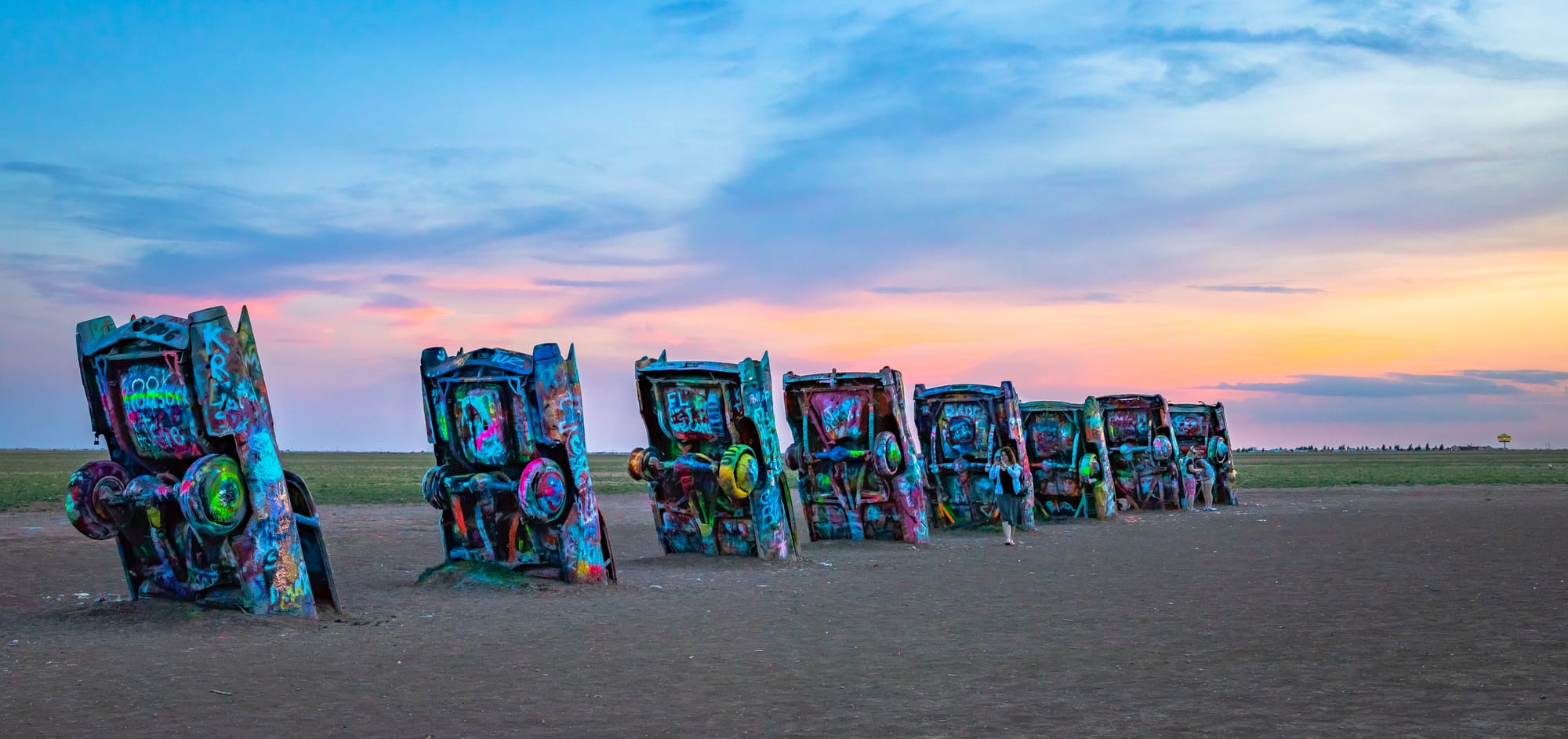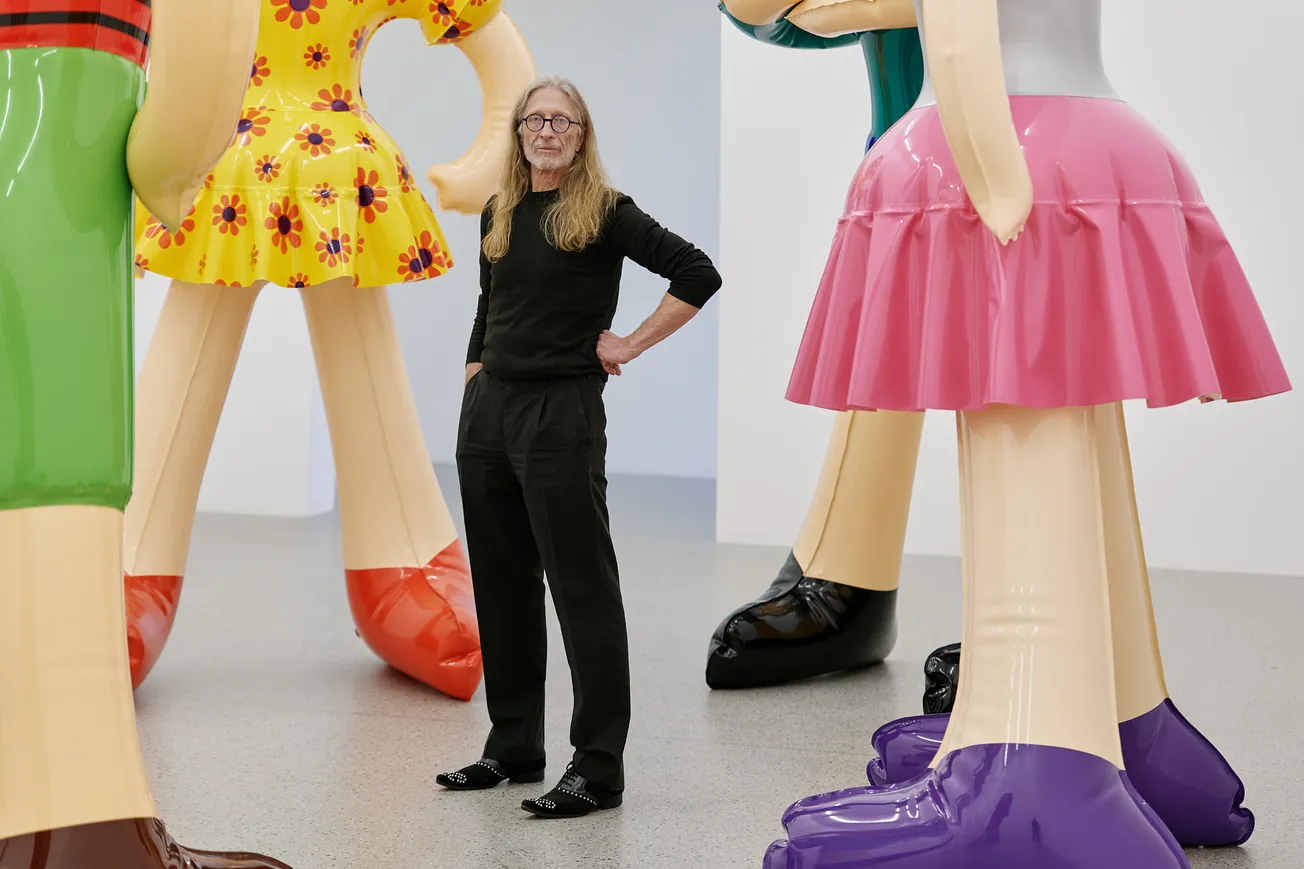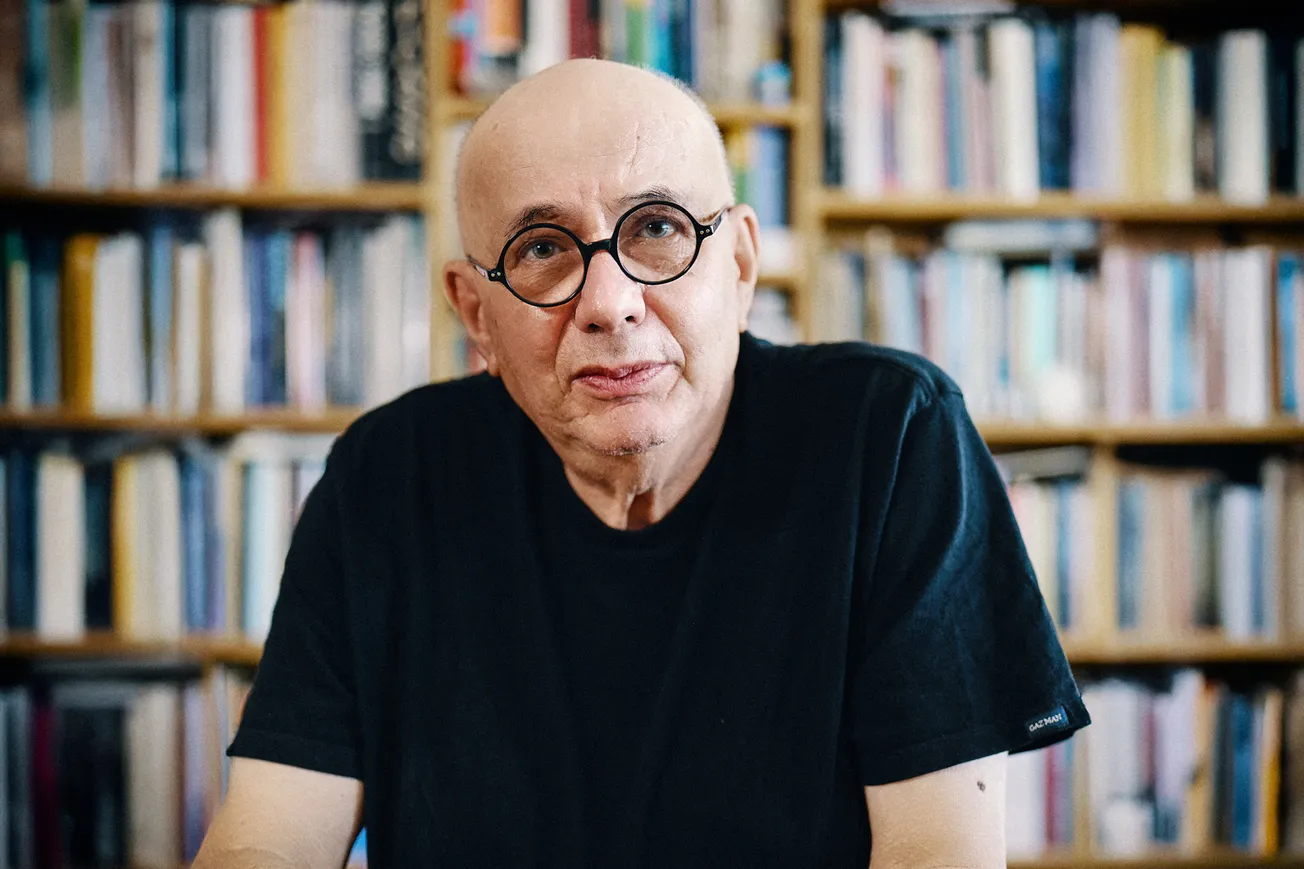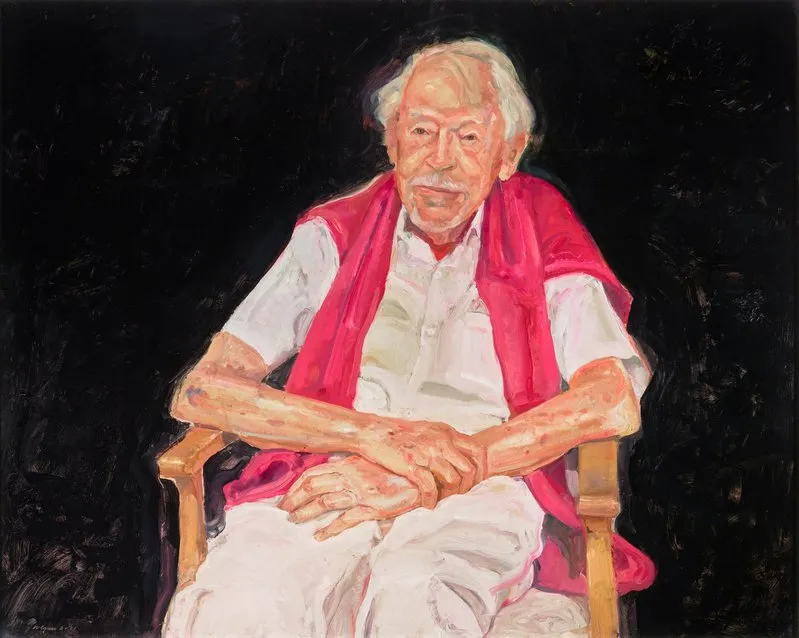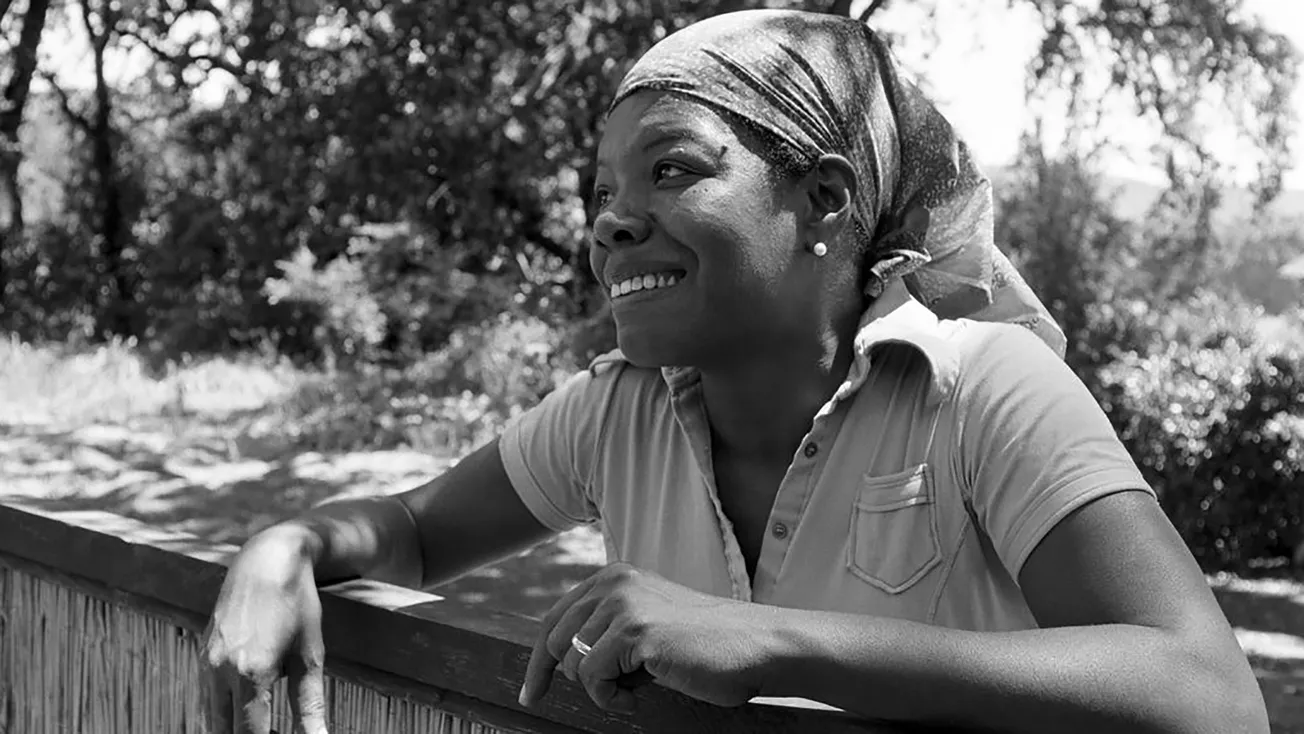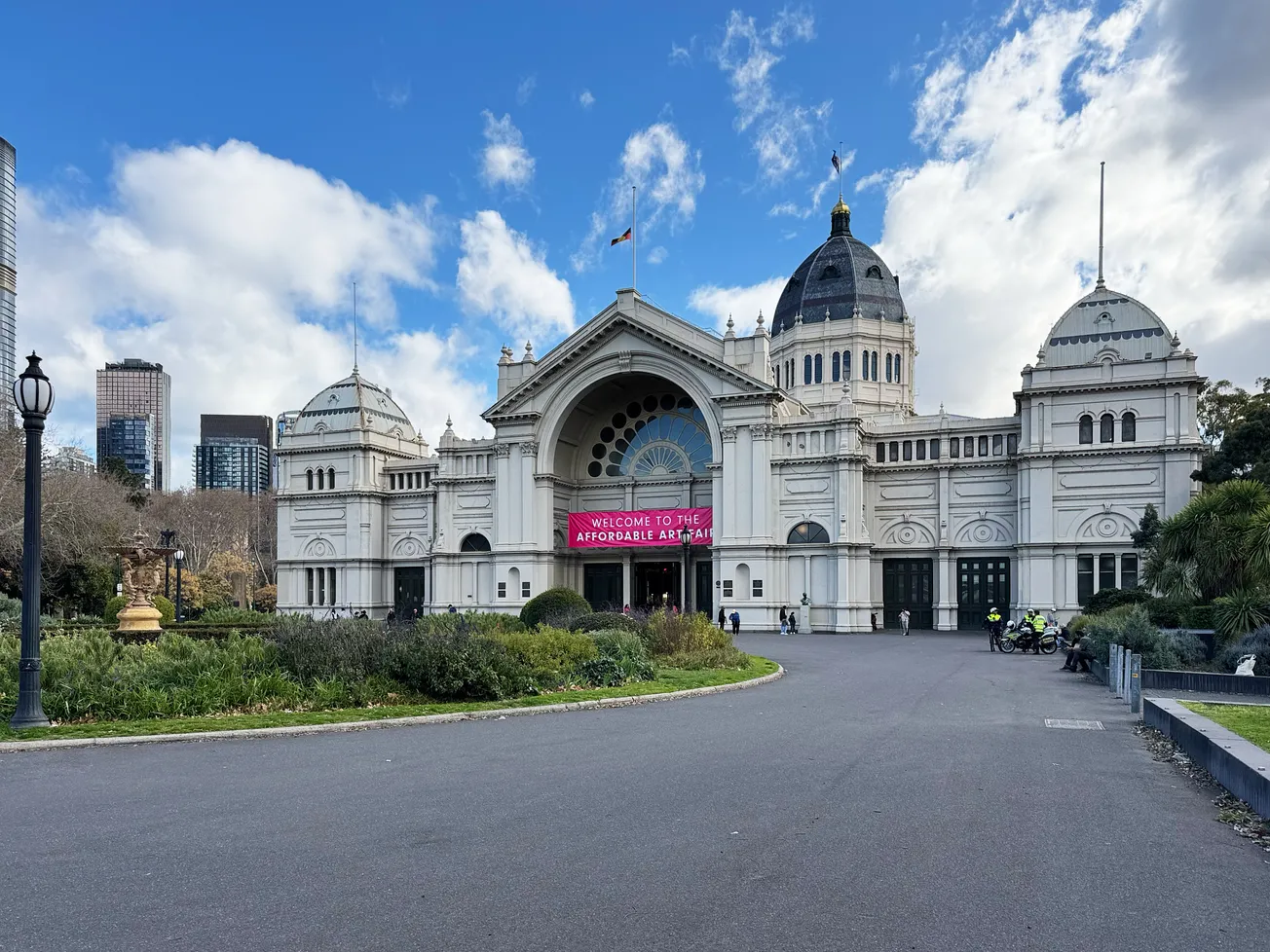Table of Contents
As an Art journeyman, the pilgrimage to Marfa, Texas, might feel less like a journey and more like stepping into a half-remembered dream. This remote outpost, shimmering under the vast Texan sky, has become an unlikely Mecca for the art world. Donald Judd’s minimalist concrete blocks stand sentinel against the desert landscape, whispering of permanence in the face of nature’s relentless indifference. But beyond the iconic Chinati Foundation, beyond the carefully curated galleries and the whispers of celebrity sightings, lies a different kind of art lesson, one that transcends the traditional classroom and burrows deep into the soul of both artist and observer.
Your arrival in Marfa might be tinged with a healthy dose of skepticism. Could this isolated town, population barely cracking 2,000, truly hold the artistic significance attributed to it? Was it simply a fashionable desert mirage, fueled by the myth of Judd and the allure of escape? If you were an arts writer with a pedagogical bent, you might be was less interested in the surface gloss and more in the underlying educational currents – the unspoken dialogues between art, environment, and the human spirit that Marfa seemed to provoke.
The most immediate lesson Marfa offers is one of context. Judd’s decision to relocate there wasn't arbitrary. He sought a space where the art could exist in direct dialogue with its surroundings, where the vastness of the landscape would become an integral part of the artistic experience. Standing before his fifteen untitled works in concrete, you understand this viscerally. The way the light shifts across their surfaces throughout the day, the way the shadows lengthen and contract, the way the distant mountains frame their stark geometry – it's a constant, evolving conversation between the man-made and the natural. This is context as curriculum, teaching us that art is not created in a vacuum but is deeply intertwined with its physical and cultural environment. It’s a lesson that often gets lost within the sterile walls of a gallery, but in Marfa, it’s unavoidable.
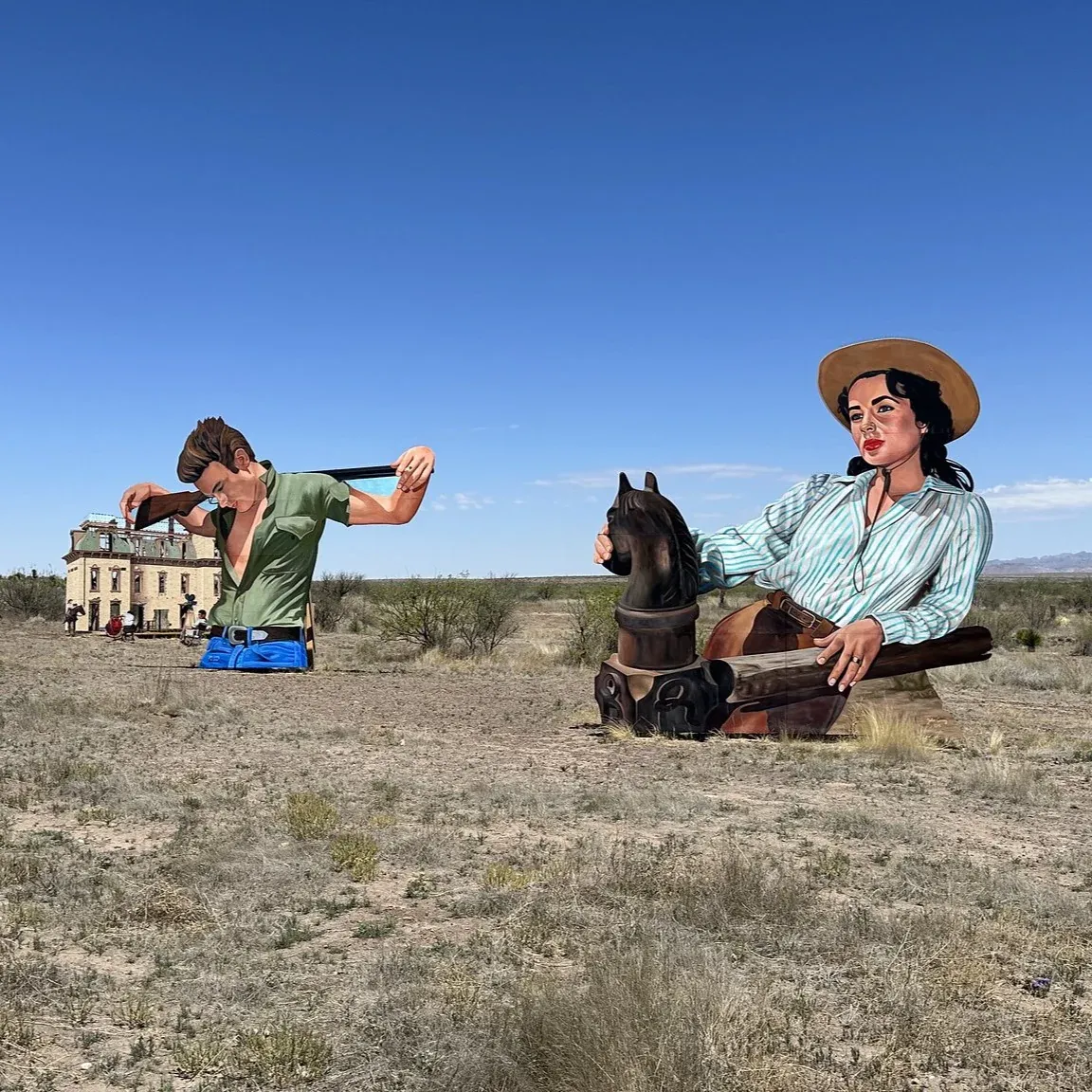
But Marfa’s educational reach extends beyond the formal structures of Chinati. Wander through the town, and you’ll find art spilling out into unexpected corners. A vibrant mural on the side of a dusty building, a quirky installation in a hotel lobby, a pop-up gallery in a converted storefront. This is where the lesson of accessibility takes hold. In a world where art often feels confined to elite spaces and guarded by gatekeepers, Marfa offers a more porous experience. It suggests that art can be found anywhere, created by anyone, and appreciated by everyone. This isn’t to diminish the importance of institutional spaces, but rather to highlight the power of democratizing art, of allowing it to permeate the everyday fabric of life. For students, particularly those who might feel intimidated by the traditional art world, Marfa offers a refreshing counter-narrative: art is not a distant entity but a living, breathing part of the community.
Perhaps the most profound lesson Marfa imparts is one of slow looking and deep engagement. In our hyper-stimulated world, where attention spans are shrinking and instant gratification is the norm, Marfa demands a different pace. There’s a quietude in Marfa, a stillness that encourages contemplation. You can’t rush through Chinati; the sheer scale of the works and the vastness of the landscape conspire to slow you down. You’re forced to spend time with the art, to observe its subtle nuances, to allow it to seep into your consciousness. This is a crucial skill, often overlooked in art education, where the emphasis can be on historical facts and theoretical frameworks rather than the act of genuine observation. Marfa teaches us the value of patience, of allowing art to unfold over time, revealing its complexities and layers of meaning to those who are willing to linger.
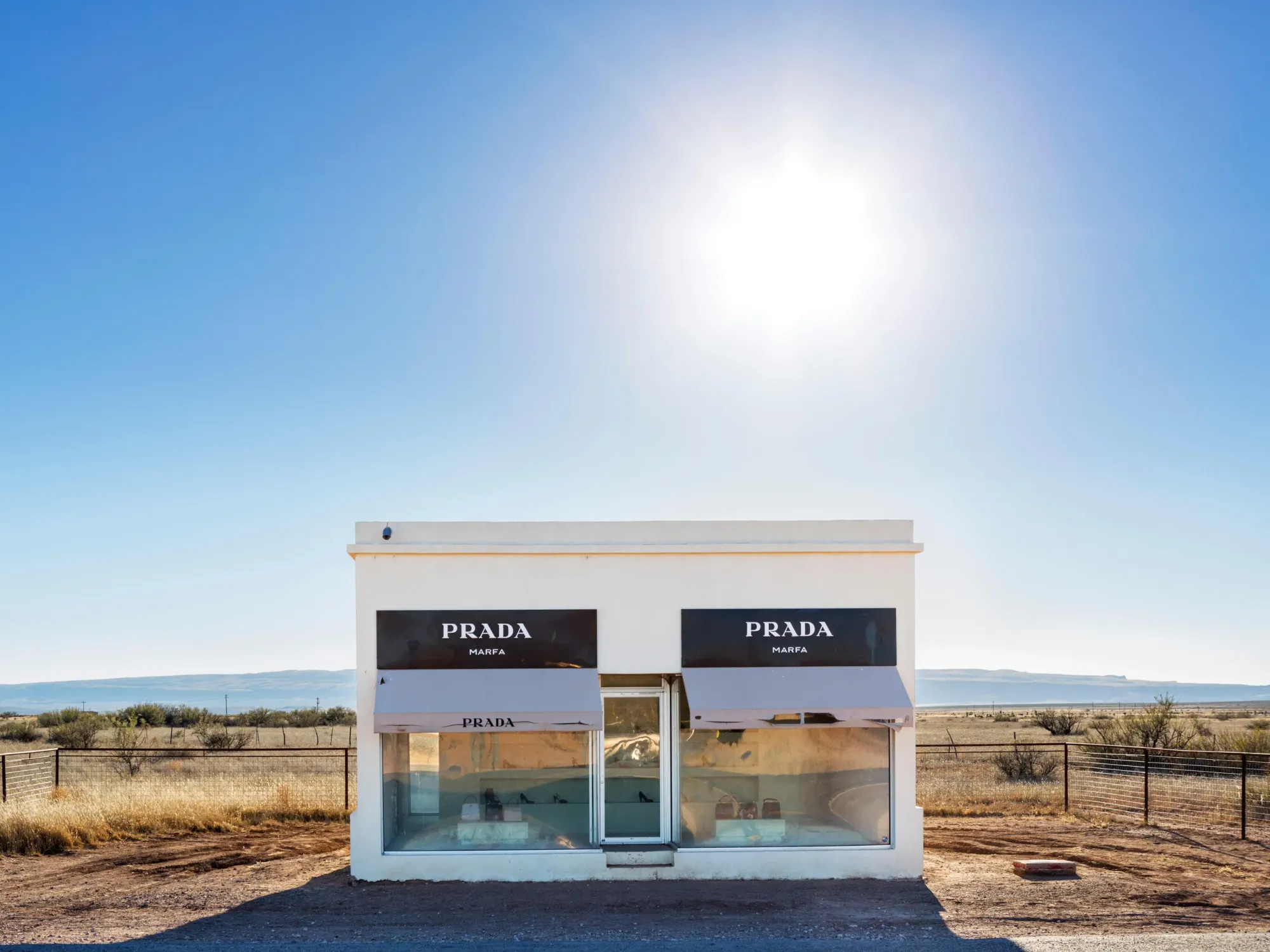
And then there are the Marfa Lights, the enigmatic orbs that dance on the horizon after dark. Are they car headlights reflecting off the desert? Atmospheric phenomena? Or something more mysterious? The debate is ongoing, and perhaps the answer is less important than the experience itself. Gathering with other visitors in the cool desert air, scanning the inky blackness for a flicker of light, fosters a sense of shared wonder and the acceptance of the unknown. This, in its own way, is an artistic encounter. It’s a reminder that not everything needs to be explained or categorized, that some experiences are best left to the realm of mystery and interpretation. It’s a lesson in embracing ambiguity, a crucial skill for navigating both the art world and life itself.
Marfa isn’t just a destination; it’s an ongoing experiment in living with art. It’s a place where the boundaries between art and life blur, where the landscape becomes a canvas, and where the act of observation becomes an art form in itself. It’s a classroom without walls, offering lessons in context, accessibility, slow engagement, and the acceptance of the unknown. And while the allure of Judd’s minimalism is undeniable, the true magic of Marfa lies in its ability to quietly, unexpectedly, and profoundly educate us about the power and potential of art in its most unadulterated form. It’s a mirage, perhaps, but one that leaves a lasting and surprisingly tangible impression on the soul.
